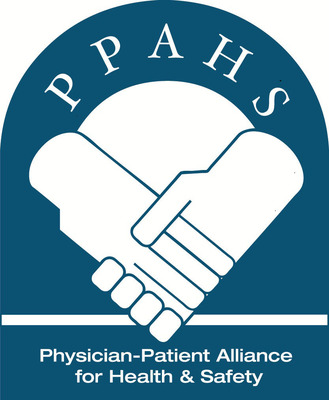

CHICAGO, June 28, 2016 /PRNewswire/ -- At the recent conference "15th Annual Advanced Forum on Obstetric Malpractice Claims," Michael Wong JD (Founder and Executive Director, Physician-Patient Alliance for Health & Safety) spoke on how death and brain damage in newborns and their delivering mothers might be prevented.

According to an analysis of closed claims cases of the American Society of Anesthesiologists conducted by Joanna M. Davies, F.R.C.A. and her colleagues, "Liability Associated with Obstetric Anesthesia: A Closed Claims Analysis," death and brain damage in newborns and their delivering mothers occurred in 51% the claims.
This analysis by Davies et al. also showed that the malpractice payments due to death or brain damage to either the newborn or the delivering mother (about $900,000 and $1,100,000, respectively) outweighed payments for nerve or minor injuries to the mother (both less than $100,000).
Moreover, an analysis of closed claims data of the American Association of Nurse Anesthetists conducted by Karen Crawford, CRNA, PhD, "The AANA Closed Malpractice Claims Study: Obstetric Anesthesia" may provide some answers.
This analysis of AANA closed claims data recommended three areas for improvement, which may have prevented these malpractice claims:
For a pdf of Mr. Wong's presentation, please click here.
About Physician-Patient Alliance for Health & Safety
Physician-Patient Alliance for Health & Safety is a non-profit 501(c)(3) whose mission is to promote safer clinical practices and standards for patients through collaboration among healthcare experts, professionals, scientific researchers, and others, in order to improve health care delivery. For more information, please go to www.ppahs.org.
Logo- http://photos.prnewswire.com/prnh/20131024/CG03341LOGO
SOURCE Physician-Patient Alliance for Health & Safety